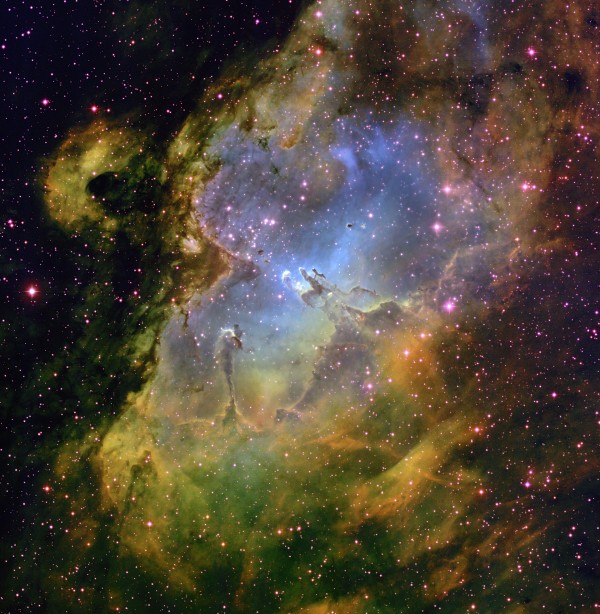In the first half of the twentieth century, physicists discovered something alarming about the sky. When they looked up, they saw the sun—and it was shining. You see, according to their calculations this was impossible. Their models stated that the sun was not enough energy to shine. Despite their efforts to explain the problem, the numbers were loud, clear, and anything but bright.
First, some background on the sun. Like all stars, the sun converts its mass into energy via nuclear fusion. In short, the gravity of its outer shells heats the core until it can convert hydrogen into helium, producing enough energy to support itself. This process gives off immense radiation, which we perceive as heat and light. I explained how stars work a few weeks ago—click here to learn more.


